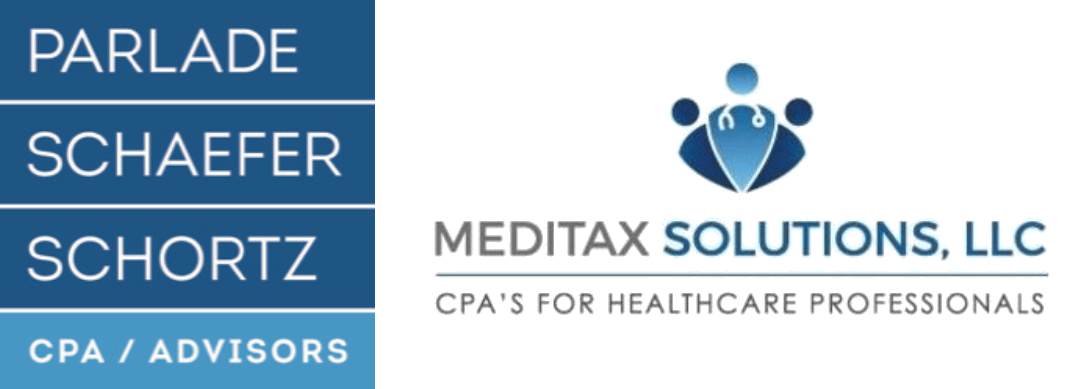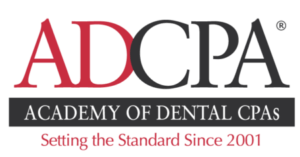Estate Planning 101
Are you confident if something happens to you, your loved ones will be cared for and receive their inheritance? A comprehensive estate plan is designed to do just that, but all the legal jargon surrounding estate planning can really confuse which documents are best suited for your life circumstances.
So we are going to bring a bit of clarity to what a comprehensive estate plan looks like, if you need one, and the trigger points in life when you should start an estate plan?
Is a will enough?
Many of us may have some familiarity with a person’s last will and testament. This is an old English document the U.S. adopted. It is a directive communicating your desires of how your assets are distributed and who is to care for those you love when you die.
A will is sufficient if you are single without assets. A will communicates your desires but doesn’t protect your assets from probate.
Probate is a judicial process that can be expensive and lengthy. Your will becomes public record in probate and therefore doesn’t protect privacy either. Probate can tie up your assets for years before it’s distributed to your loved ones.
Therefore if you have assets you want to pass on, either to loved ones or even charity, then your estate plan needs to include a living trust.
What’s a living trust?
A living trust protects your assets from probate, so your family is well taken care of in your passing. Your assets do not have to go through the legal system before being distributed, saving your loved ones the legal expense and time.
What is considered a comprehensive estate plan?
A comprehensive estate plan typically includes a will used in conjunction with a living trust to protect your assets from the courts. For example if you have a will without a living trust and you have real estate in more than one state, your loved ones are burdened with going through probate in each state.
A will is good for instructing who should care for your children and even your pets in the event of your passing, while the living trust protects your loved ones’ inheritance. These documents are best used together for how to handle things when you die.
However a comprehensive estate plan should also include how to handle things in the dreary possibility of a living tragedy, such as a coma. Living tragedy documents include a health care directive and power of attorney.
A healthcare directive is to communicate how you desire to be cared for medically when you are not communicative. This also helps alleviate your family from tough choices, when you have already made them in advance.
Lastly, power of attorney allows you to appoint someone to act on your behalf and access finances when you are unable. This provides protection for your family so they can immediately continue to pay expenses.
When to create an Estate Plan?
If you have children, it is wise to have a will in place. If you have assets then a living trust should be used to protect passing on your wealth to loved ones or to charity.
We are all at risk of tragedy, a health care directive communicates your predetermined decisions in tragic medical circumstances, such as life support. While power of attorney helps your loved ones carry on financially.
Your dependents and assets are the key factors in deciding when to put an estate plan in place, but as soon as you have either it is wise to begin estate planning.
There are online services to create an estate plan, but we recommend seeking an
estate planner to help guide you through the most appropriate documents and structuring them correctly so all is carried out as you intended to protect those you leave behind.






